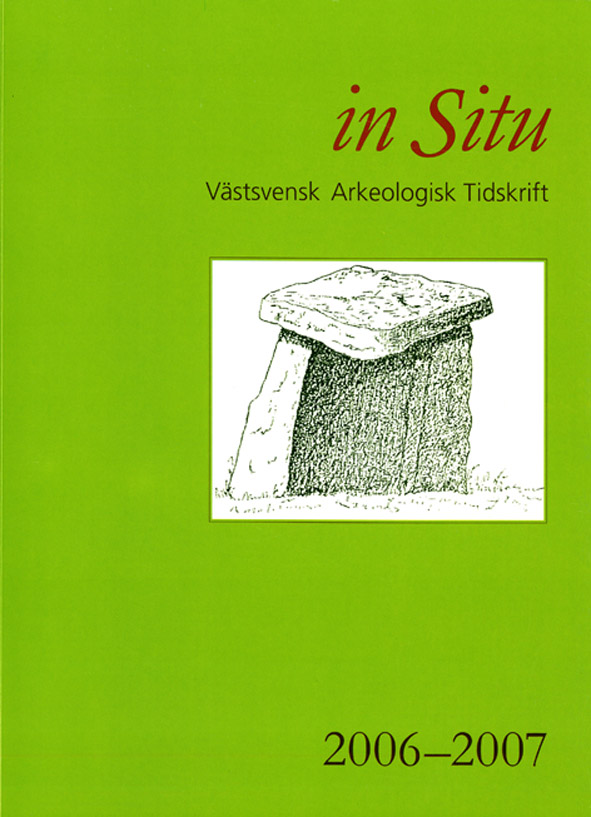Dödsrätt eller stål? Om hanteringen av odöda
DOI:
https://doi.org/10.58323/insi.v7.13453Nyckelord:
Archaeology, Iron Age, BurialsAbstract
Stories about the un-dead are more popular today than ever. At the same time fewer people than ever before have touched or even seen a deceased person. Every society must choose a way to deal with their deceased. In some societies certain actions must be taken to avoid the dead from returning. In the Icelandic saga about Eyrbryggarna the dead come back to haunt the living. The un-dead were tried at the court of the dead and sent away. When excavating a farmstead at Hunnavik we were faced with ghost stories. We found the stories amusing but when the osteological analysis was carried out the probable source of the ghost stories was revealed. The cremated bones found in the floor of a house were the fragmentary remains of a human being. But how did they do to avoid the dead from returning to the land of the living in prehistoric Småland? Which physical actions leave traces for archaeologists to find? One probable trace of such actions is knives thrust into graves as a part of the death ritual. Knives in such a position are found repeatedly in Iron Age graves.
Nedladdningar
Downloads
Publicerad
Referera så här
Nummer
Sektion
Licens
Författare som bidrar till In Situ Archaeologica har givit sitt medgivande att publicera sina artiklar under en Creative Commons-licens. Den ger tredje part vissa rättigheter till att nyttja materialet. Rättigheterna styrs av vilken licens verket är publierad under. Det åligger tredje part att sätta sig in i verkets creative common licens innan materialet används i eget syfte. Det är alltid författaren som har copyright till verket och allt nyttjande av tredje part förutsätter att ett tydligt erkännande ges till verkets upphovsperson, att en länk till licensen tillhandahålls.



